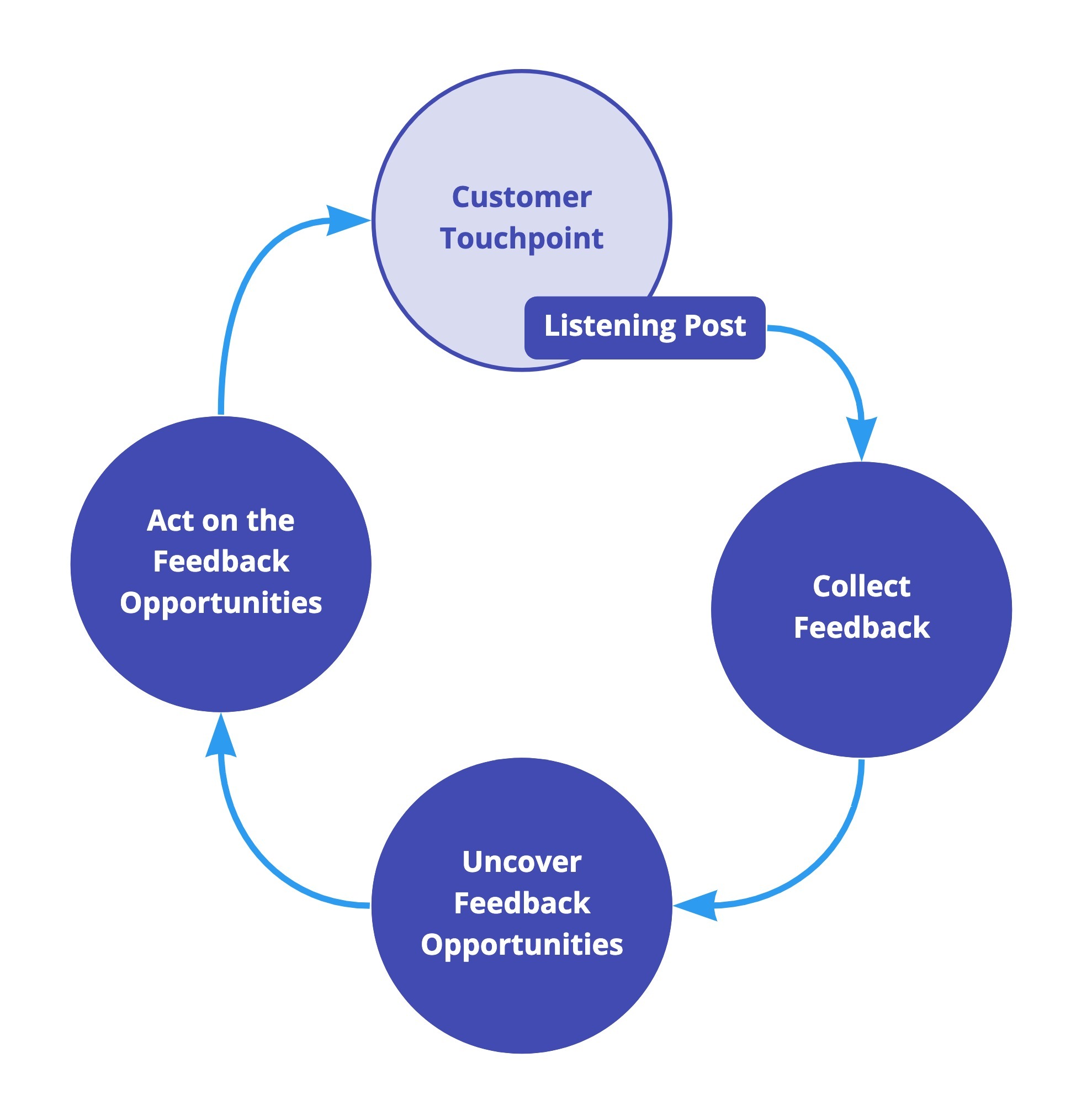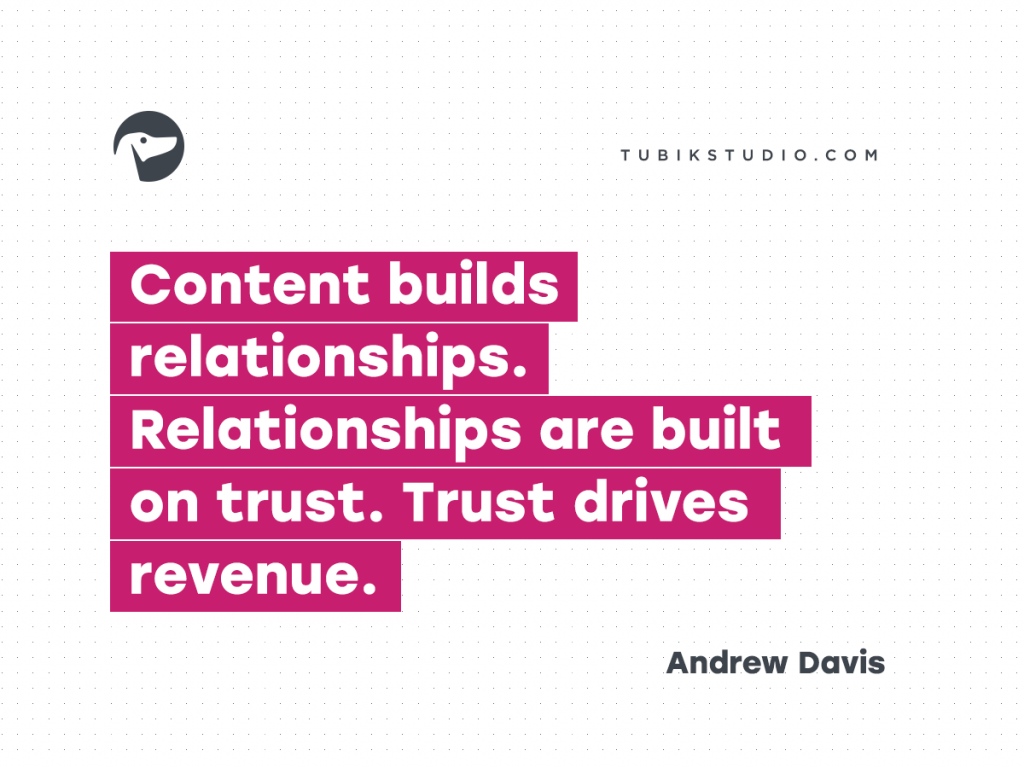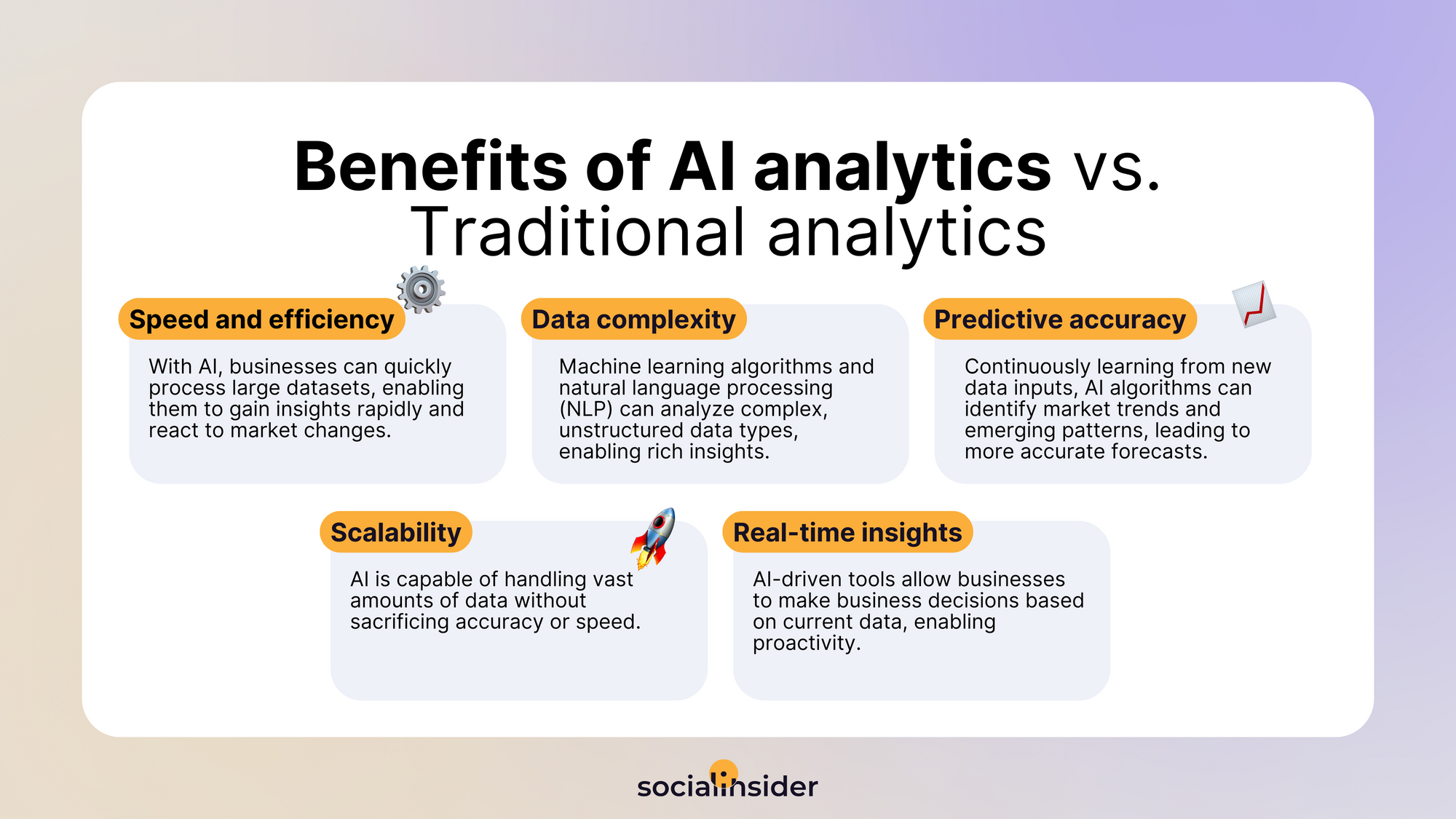Effective content strategy relies on quality writing and design, but it also demands the agility to adapt to audience behaviors in real-time. As the landscape of digital marketing matures, real-time analytics has emerged as a vital component driving how brands connect with their audiences. This guide aims to illuminate the role of real-time analytics in optimizing content strategies, ensuring that digital marketers, content creators, and data analysts can meet their audience's evolving needs and maximize returns on investment (ROI).
Real-time analytics refers to the capability of collecting and analyzing data immediately as it becomes available. This approach is essential for content strategies, as it aids organizations in tracking user engagement, behavior, and preferences effectively. Adapting content in real-time based on audience reactions enables marketers to respond promptly to trends, leading to more relevant and engaging content. According to Dynamic Yield, brands that leverage real-time analytics for content optimization report an increase in revenue per visitor by as much as 33%. Furthermore, data from Parse.ly indicates that implementing real-time analytics can lead to a 20% rise in reader engagement, emphasizing its significant impact on content performance.
Throughout this guide, best practices, tools, and case studies will be explored, showcasing how to effectively integrate real-time data into content strategies, navigate associated challenges, and leverage artificial intelligence (AI) to enhance analytical capabilities.
Understanding the Power of Real-Time Analytics
Real-time analytics is the capacity to gather and analyze data instantly as it becomes accessible. This capability plays a pivotal role in content strategy by helping organizations track user engagement, behavior, and preferences.
The ability to adapt content dynamically based on audience feedback allows for timely responses to trends, resulting in content that resonates with target audiences. Research from Parse.ly underscores this, showing that brands employing real-time analytics experience a notable increase in audience engagement, further boosting ROI.
Infographic showcasing the differences between traditional analytics and real-time analytics (Source: Socialinsider)
Identifying the Right Tools for Real-Time Analytics Success
Selecting appropriate tools to leverage real-time analytics is crucial for a successful content strategy. Leading platforms such as Dynamic Yield, Optimizely, and ContentSquare provide distinctive features tailored for optimizing content based on real-time data.
Dynamic Yield excels in personalized recommendations and automated A/B testing, assisting brands in engaging customers more effectively. Optimizely enhances conversion rates by enabling thorough testing of various content elements in real-time. ContentSquare offers advanced user behavior insights, which can significantly improve the average order value for e-commerce brands.
Data reveals that brands utilizing tools like Optimizely realize a 21% increase in conversion rates, while ContentSquare has facilitated an average 17% rise in order values thanks to its capabilities in analyzing user interactions.

Table summarizing features of notable real-time analytics tools (Source: ResearchGate)
Real-Time Data Integration in Content Workflows Made Easy
Integrating real-time analytics into existing content workflows can substantially shift how content is created and managed. Implementing best practices, such as using real-time dashboards, provides editorial teams immediate access to engagement metrics, enhancing decision-making processes.
The New York Times achieved a 15% increase in headline click-through rates after providing access to real-time performance data. Similarly, BuzzFeed documented a 35% increase in the identification of viral content through real-time alerts, demonstrating the advantages of streamlined workflows that capitalize on real-time data.
Flowchart illustrating the integration of real-time analytics into content workflows (Source: Slickplan)
Learning from Success: Case Studies on Real-Time Analytics
Real-time analytics has enabled brands to create timely and relevant content, as illustrated by several successful case studies. Oreo’s well-known tweet during the 2013 Super Bowl blackout exemplifies how real-time data can drive effective engagement; the tweet led to over 15,000 retweets within an hour.
Airbnb's #LiveThere campaign utilized real-time social listening to tailor its messaging to trending topics in various regions, achieving a 341% increase in social media engagement. Spotify mirrored this success with its Wrapped campaign, which engaged 60 million users and contributed to a 21% increase in app downloads through personalized year-end reviews based on user behavior.

Showcasing successful social media campaigns that employed real-time analytics (Source: Plannthat)
Turning Data into Actionable Content Strategies
Translating real-time data findings into actionable content strategies is essential for marketers. Identifying and monitoring key metrics allows for swift adjustments to be made.
Creating feedback loops can facilitate efficient refinements, driven by predictive analytics that anticipate trends based on historical data. The Atlantic, for example, experienced a 40% increase in web traffic by employing predictive models to optimize article timing and promotion.
The rise of e-commerce brands utilizing tools like VWO for dynamic content optimization corresponds with substantial revenue increases, often attributed to the use of analytics-driven strategies.

Diagram illustrating a feedback loop for content strategy (Source: Think Company)
Challenges in Utilizing Real-Time Analytics: Navigating the Pitfalls
Despite the advantages, challenges accompany the implementation of real-time analytics, particularly concerning data quality and privacy regulations. Many organizations struggle to ensure compliance with data protection laws such as GDPR and CCPA, complicating data collection and processing efforts.
Research indicates that 44% of organizations lack a robust data strategy to address these issues. Additionally, principles of data minimization—focusing on limiting data collection to what is necessary—pose challenges in maintaining compliance while obtaining comprehensive analytics.

Icons depicting data privacy challenges and compliance regulations (Source: Shutterstock)
Maximizing the Impact of AI in Analytics for Content Optimization
AI and machine learning significantly enhance the monitoring and analysis of content engagement metrics. These technologies facilitate real-time processing, yielding insights much quicker than traditional methods.
AI-driven analytics tools can handle engagement metrics at impressive speeds, enabling immediate strategic adjustments. A case study revealed that AI platforms could improve engagement rates by about 17%, showing the effectiveness of AI methodologies in analytics.
Moreover, predictive algorithms offer crucial insights into content performance before publication, equipping marketers with the knowledge necessary to guide content in profitable directions.

Diagram summarizing AI frameworks used in content analytics (Source: ResearchGate)
The Path Forward: Building a Future-Ready Content Strategy
As organizations look to the future, marketers are encouraged to adopt agile content strategies that respond quickly to real-time data insights. By embracing innovations such as AI and advanced analytics, businesses can maintain competitiveness in a rapidly changing digital landscape.
Trends indicate an increase in the adoption of real-time analytics as organizations recognize the value of adapting content strategies based on audience engagement data. This shift is crucial not only for addressing current demands but also for establishing a foundation for sustained success in the digital marketing sphere.

Quote graphic summarizing expert insights into effective content strategies (Source: Tubik Studio)
In conclusion, optimizing content strategy through real-time analytics is essential for modern marketing success. By selecting the appropriate tools, integrating real-time data into workflows, navigating challenges effectively, and leveraging advancements in AI, content creators and marketers can significantly enhance audience engagement and ultimately drive improved business outcomes.


Kommentare (0)
Anmelden um an der Diskussion teilzunehmen oder .